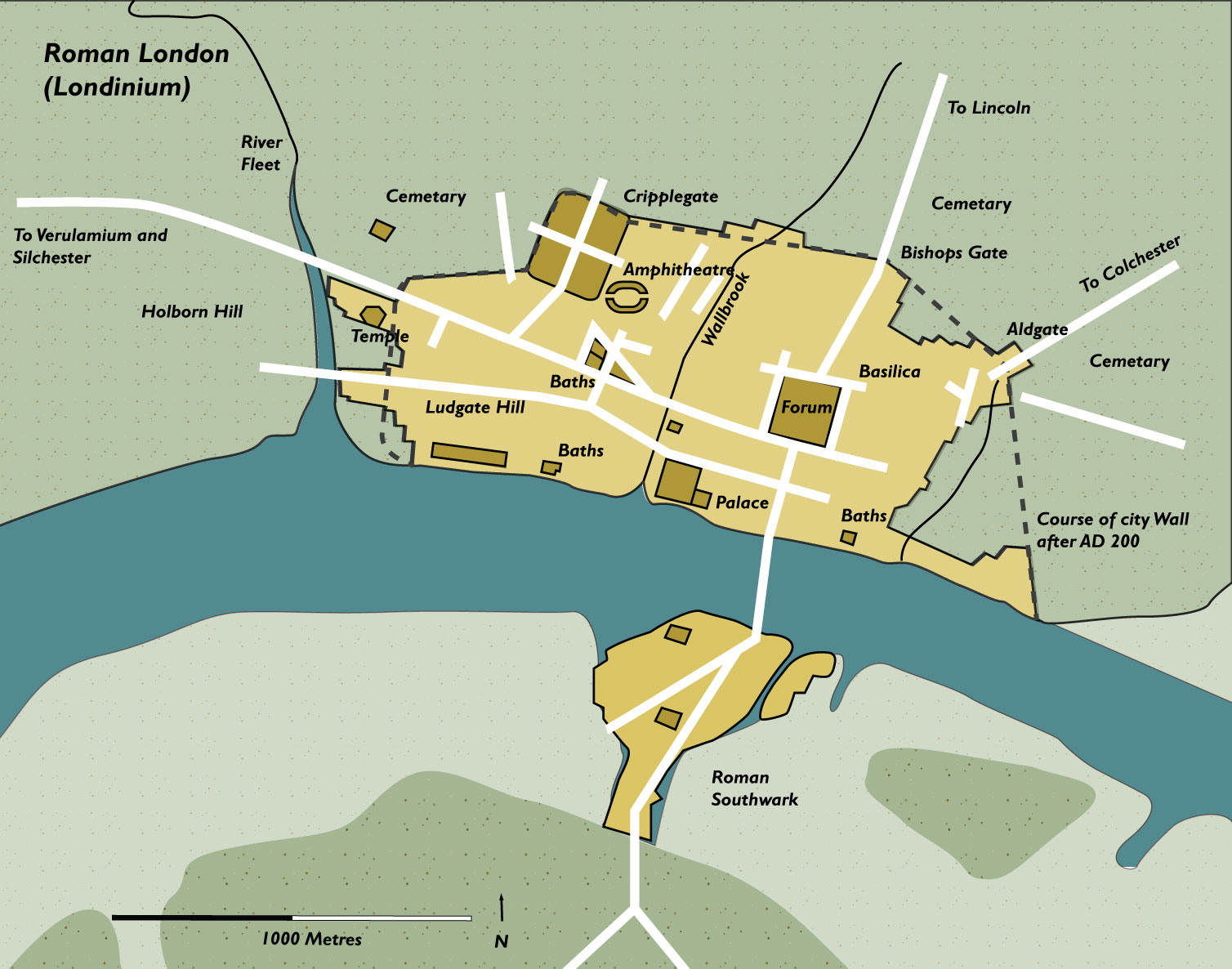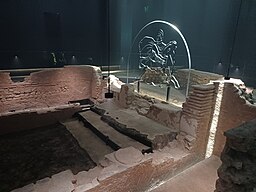Secrets of Roman London
3 mins to read | November 1st, 2025
London is nearly 2,000 years old, but did you know that for 400 of those years if was Roman? Londinium was founded by the Romans in 47CE at a point where the Thames was navigable and where gravel shores meant that a bridge could be securely built. The site of this first bridge was so good in fact that every single version of London Bridge that followed was built within a few hundred yards. Two gravel hills sat nearby and it was on these - Ludgate and Cornhill - that Roman London was built.

Between these gravel hills ran the Walbrook, a freshwater stream that crossed Londinum and met the river Thames where Cannon Street is today. It was a vital supply of drinking water and a source of power for Roman industries like grinding corn and metalworking. Unfortunately it was also a place where rubbish could be disposed of, particularly human effluent and so gradually the waters of the Walbrook became polluted. In the 1400s, fed up of the smell, the Lord Mayor of London ordered the part of the river closest to the Thames to be covered over. By the 1600s the Walbrook was completely hidden from view, buried below the streets in a sewer. And it's still there today. If you stand outside the exit from Bank tube station in the street called Walbrook, the river is running under your feet.
Rivers were often sacred to Romans, who incorporated them into their worship and built temples along their banks. The Walbrook was no exception. However, this part of the river's history had been long forgotten.

During World War II when German bombs dropped on this part of the City and blew enormous holes in the ground, parts of Roman London which had been lost were rediscovered. While a bomb site was being excavated in 1954, a Roman Temple dedicated to the god Mithras was discovered in Walbrook.

Known as a mithraeum, it was built in about 240CE. The cult of Mithras was very popular with soldiers in particular because it promised worshippers a happy life after death and devotees were expected to be courageous, honest and pure. Members had to be initiated into the cult via rituals, which were so secret that they have been lost in the mists of time but we do know that it was a male only religion, no women were allowed.

The excavation of the site revealed not only the remains of the temple but wonderful objects, preserved by the damp conditions along the banks of the river Walbrook. As well as tools and animal bones, items made of leather, glass terracotta and gold were excavated. Perhaps most significant of all though were over 400 fragments of wooden tablets that once contained solid wax and were used to write on. These were used by Roman merchants and administrators and give us the first records we have of trade and business dealings in London, dating back to 57CE. Most important of all, on one of the wax tablets is the earliest known reference to 'Londinium.'
If you'd like to see some of these incredible artefacts and discover even more about Roman London then why not come on a City Mouse tour of Roman Life?
